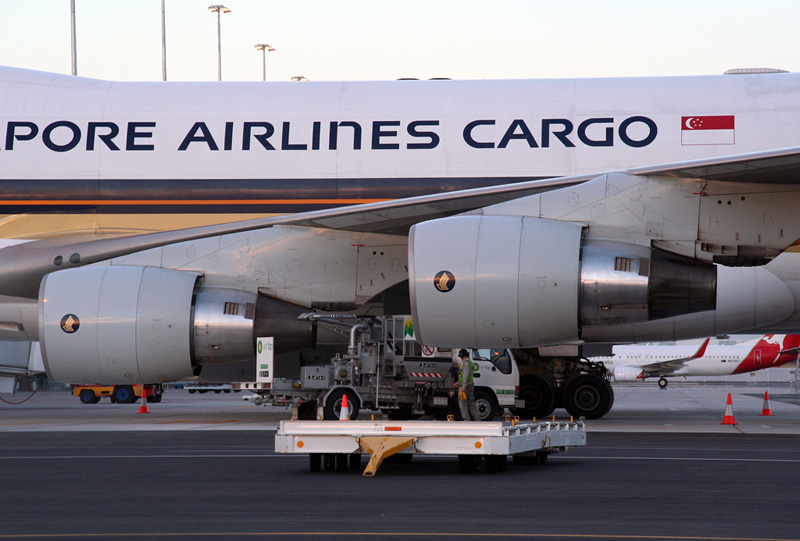

As passenger numbers remain constrained due to Covid-19 border restrictions, SIA’s cargo division continued to post high load factors, reaching 88.7 percent in December.
This is the seventh consecutive month, SIA Cargo noted, that it recorded cargo load factors in excess of 80 percent and December’s level of 88.7 percent was 29.6 percentage points higher year-on-year, as cargo cargo traffic (measured in freight tonne-kilometres) declined 25.5 percent on the back of a capacity contraction of 50.4 percent.
All route regions continued to record year-on-year increases in cargo load factors during the month, with one route in particular (West Asia and Africa) recording over 100 percent increase in cargo load factor.
“Cargo capacity for passenger aircraft is based on the payload that is typically set aside for cargo carriage. However, when a passenger aircraft operates with low passenger loads or on a pure cargo mission, the cargo carried could be in excess of such capacity,” SIA Cargo explained.
With serious reductions in passenger capacity for December, which was down 81.3 percent, on a 97.1 percent fall in passenger carriage (measured in revenue passenger-kilometres) year-on-year, this would explain the continuous growth in cargo load factors.
Moving forward, the airline expects to see “a measured expansion of the passenger network” in line with Singapore’s progressive reopening and the gradual inoculation of the population across the world.
“As we enter 2021, transporting and distributing vaccines globally will be one of the biggest and most complex public-private logistical tasks in recent history,” SIA said.
SIA Cargo has been busy preparing for this drive over the last few months together with relevant stakeholders in Singapore and overseas. In December 2020, the cargo carrier flew in the first shipment of Covid-19 vaccines to the city-state onboard its B747-400 freighter.
Based on its current schedule, as of end-March 2021, the SIA Group’s total passenger capacity is expected to be at around 25 percent of pre-Covid levels, and the carrier expects to serve around 45 percent of the destinations that it flew to before the crisis.
“This would help to meet the strong demand for cargo services, and put us in a position to benefit from the recovery in passenger travel,” it noted.









